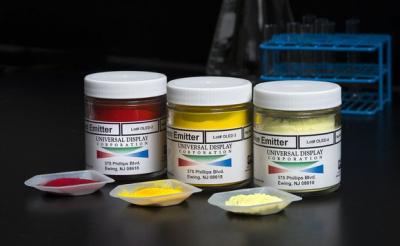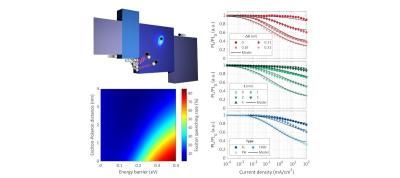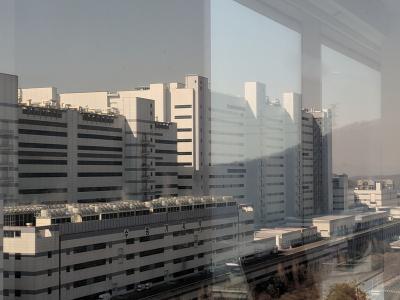Universal Display reports its financial results for Q3 2024
Universal Display announced its financial results for the third quarter of 2024. Revenues reached $161.6 million (up from $141 million a year ago), while its net income reached $67 million (up from $52 million a year ago). At the end of the quarter, UDC had $930 million in cash and equivalents.

UDC issued guidance for the whole of 2024, saying its revenues will be in the range of $625 million to $645 million. This is a lower guidance than its previous issued one UDC is on track for a record year in 2024, with revenues up around 16% from 2023.








